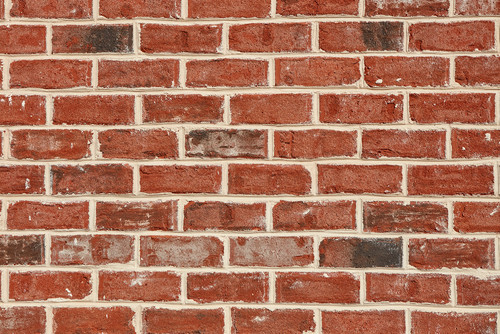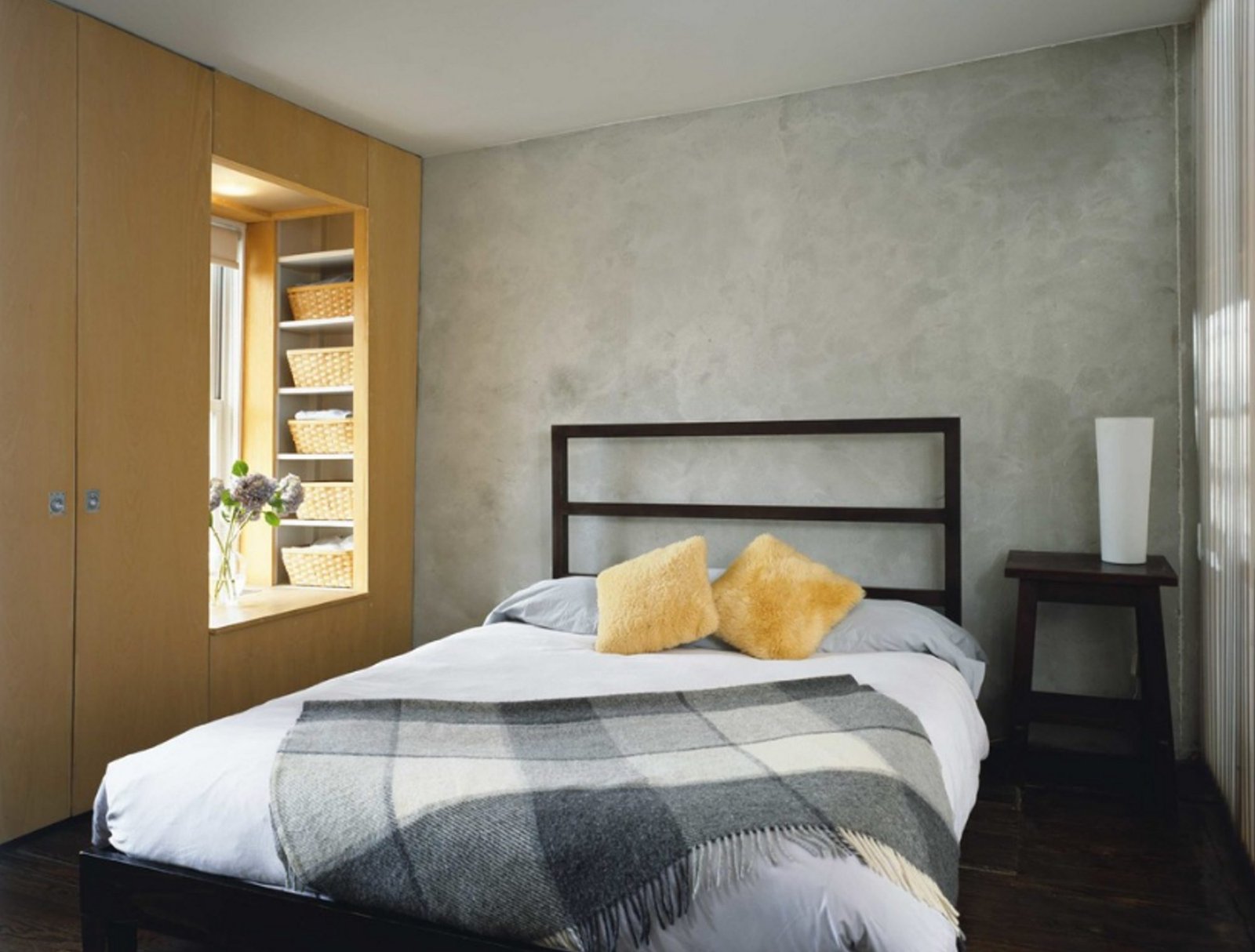Brick is a construction material that has been used for various purposes in construction from ancient times. Although brick was once used as structural material, today brick is used for decorative purposes. However, we can still meet today many old buildings made from brick. Most of brick structures, even some of the most elegant, have experienced the cycle of decline and neglect.

Photo by General Shale – More exterior home ideas
Most of the problems associated with masonry buildings don’t begin with the masonry itself. They are the result of the failure of some other component of the structure. More than 90%, the problems are related to water. This may be roof leaks, flashing failures; failures in the gutter / down spout system or failure to remove water at ground level. Unless these problems are corrected first, any treatment of the symptom is doomed to failure. The following are all possible when walls are allowed to soak in moisture: Penetrating damp causes damp patches on exterior wall surfaces and in more serious cases, on interior walls. This is caused by differences in the capillary absorption of masonry. Faulty pointing and cracks in the masonry are reasons for this problem. Damage to the surface layer of masonry (spalling) can be caused by the effects of frost damage. Water in the wall expands by 10% when it freezes; this increases the pressure on the pores of the masonry which crack under this pressure. Now enlarged, these cracks allow more moisture in, which in turn freezes, etc.
It’s a common misconception that painting brick houses is a 20th century aberration. Some historic brick houses were painted very early on in their lives. There are two reasons for painting external masonry. One is for the decorative effect and the other is to make an unsound surface waterproof.
The application of modern waterproofing material is a generally straightforward and affordable task, and can usually be completed by just about anyone, using only basic tools.
- Any masonry surface, as with any decorated surface, needs to be thoroughly prepared. Brush your masonry clean. Clean any debris and dust from the wall, using the 6-inch masonry brush or a household broom. The old paint can be removed from exterior brick walls using gel or paste removers.
- The wall should be clear of loose material, but does not need to be completely clean.
- If your masonry has suffered from mold in the past, it is a good idea to treat it with a fungicide wash first. These are widely available from DIY stores and decorators merchants and simply brushed on, left for 24 hours, and washed off.
- When the surface is clean, check all the joints for holes. Fill any missing joints with sand and cement mixed at 3 to 1 and push well into the brickwork. This mix can be used to fill holes in bricks blocks and stone also.
- Apply the pre-mixed cement-based masonry sealer using the masonry brush. Pre-mixed sealer is packaged for immediate use and does not need to be mixed,
- Painting:
First you can stabilize the surface. Masonry stabilizing solution is also known as primer binder.
Take in consideration that most masonry stabilizers will not allow your masonry to breathe. Look for a stabilizer which will continue to allow the masonry to breathe.
When painting, look for micro porous paint which, again, allows the mortar to breathe or even better is an-mould breathable paint.
Solid Masonry and Brick Veneers – Two Methods, Pros and Cons (howtobuildahouseblog.com)


